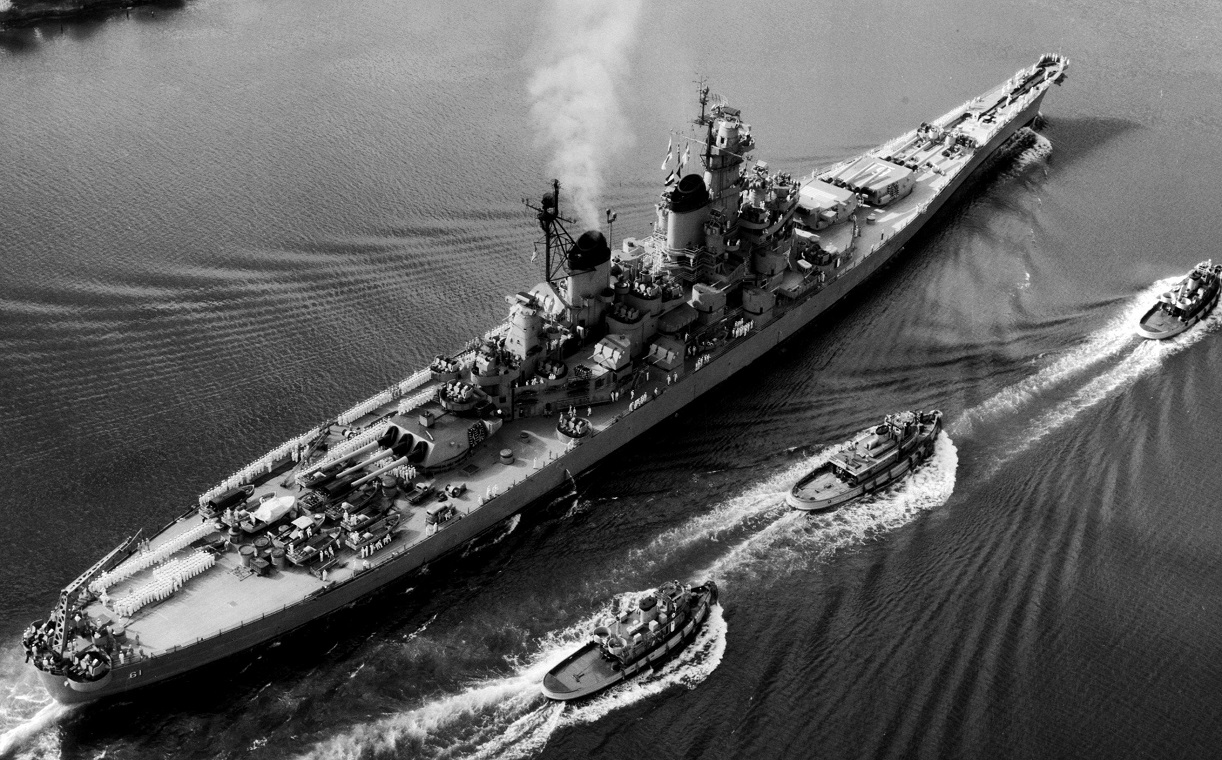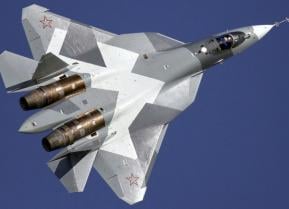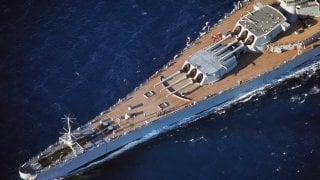USS Illinois: The Forgotten Iowa-Class Battleship the Navy Never Finished
Only four Iowa-class battleships were ever completed despite plans for six. The USS Illinois (BB-65) and USS Kentucky (BB-66) were laid down but never finished, a decision influenced by shifting naval priorities during World War II.
Summary: Only four Iowa-class battleships were ever completed despite plans for six. The USS Illinois (BB-65) and USS Kentucky (BB-66) were laid down but never finished, a decision influenced by shifting naval priorities during World War II. Initially planned as part of the heavy battleship-focused strategy, construction on the Illinois and Kentucky was deprioritized in favor of aircraft carriers following significant naval victories that highlighted carrier effectiveness. The Illinois, intended to support carrier groups with its heavy artillery, saw its construction halted in 1942. A conversion to an aircraft carrier was considered but ultimately deemed inefficient. Today, the legacy of the USS Illinois lives on through its ship's bell at the University of Illinois at Urbana-Champaign.
USS Illinois: The Forgotten Iowa-Class Battleship the Navy Didn't Want
Only four of the famed Iowa-class battleships were ever commissioned. But what most have forgotten, in the eight years since, is that six Iowa-class battleships were laid down. What would have been the fifth and sixth Iowa-class battleships, the USS Illinois (BB-65) and the USS Kentucky (BB-66), were laid down but never finished, leaving observers to speculate what might have been.
The Illinois, as intended
The USS Illinois, which would have been the fifth of the Iowa-class battleships, was cleared for construction in the late 30s, after the passing of the Second Vinson Act. The Second Vinson Act was enacted in response to the Japanese invasion of China, and allocated over $1 billion for a mandated 20 percent increase in the strength of the US Navy. Even before the attack on Pearl Harbor, the US was gaining respect for the capabilities of the Imperial Japanese Navy, and the fact that conflict with Japan would require a heavy investment in naval capabilities.
The initial plan called for the Illinois to be constructed as a Montana-class battleship, which was to follow the Iowa-class, with larger dimensions. Yet, when an emergency war building program was instituted in 1940, the Illinois (and the Kentucky) were rushed into production as members of the Iowa-class. Both the Illinois and the Kentucky were order on September 9th, 1940, and laid down in 1942.
But by 1942, the ever-changing conditions of the ongoing conflict with Japan had already caused a change of opinion among Navy war planners. Whereas, earlier in the conflict, an emphasis had been placed on battleships and heavy armament, US victories at the Battle of the Coral Sea and, especially, the Battle of Midway demonstrated the viability of aircraft carriers. So, the Navy shifted its priorities from battleships to aircraft carriers, meaning that the construction of the Illinois was deemphasized.
Not only was the construction of the Illinois deemphasized, but the standards of her construction were adjusted. Rather than require the heavy armor of a traditional battleship, concessions were accepted on the Illinois armor in order to make her faster – fast enough to keep shape with the Essex-class aircraft carriers that had become the lynchpin of the US Navy. Essentially, the Illinois was being built as a support vessel to an aircraft carrier.
The support that Illinois was to provide would have been mighty; the vessel was built around a primary battery of nine 16-inch (406mm)/50 caliber Mark 7 guns, each of which could fire a 2,700 pound armor-piercing shell up to 20 miles. In addition to the Mark 7s, USS Illinois was to be outfitted with a secondary battery of twenty 5 inch (127mm)/38 caliber guns arranged in 10 turrets, which could have fired at a range up to 10 miles away.

And to account for the new importance of airpower in the conflict, and the Japanese effectiveness at deploying airpower, the Illinois was outfitted with Oerlikon 20mm and Bofors 40mm anti-aircraft guns.
Cancelled Before Commissioning
Construction on the battleship USS Illinois was halted in 1942 – and a proposal to convert the Illinois into an aircraft carrier was considered. The proposal was abandoned however, when analysis revealed that a converted Illinois would carry less aircraft than an Essex-class aircraft carrier, while the conversion would cost as much time and money as just building a fresh Essex.
The Illinois, just 22 percent completed, was broken up in 1958.

Today, a part of the Illinois survives: the ship’s bell. Inscribed with “USS Illinois 1946,” you can see the bell each autumn Saturday, at the University of Illinois at Urbana-Champaign’s Memorial Stadium, where NROTC students use the bell to signal touchdowns.
About the Author: Harrison Kass
Harrison Kass is a defense and national security writer with over 1,000 total pieces on issues involving global affairs. An attorney, pilot, guitarist, and minor pro hockey player, Harrison joined the US Air Force as a Pilot Trainee but was medically discharged. Harrison holds a BA from Lake Forest College, a JD from the University of Oregon, and an MA from New York University. Harrison listens to Dokken.


